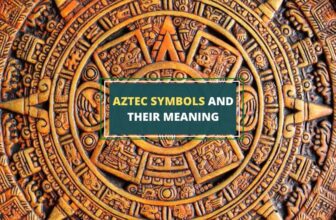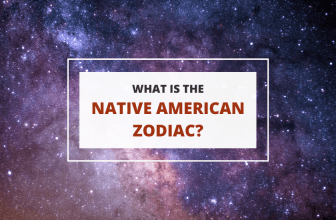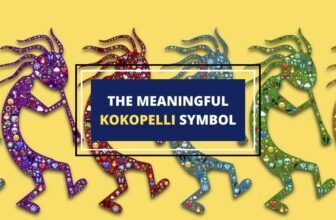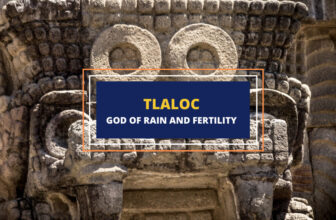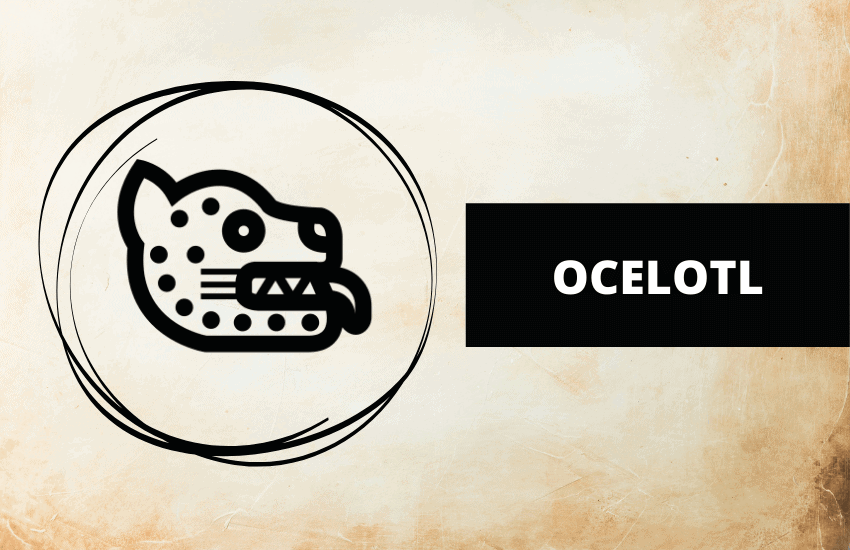
Table of Contents
Ocelotl, meaning ‘jaguar’ in Nahuatl, is the 14th day sign of the 260-day Aztec calendar and was considered a good day for engaging in battle. It’s associated with valor, power, and recklessness in the face of danger. This auspicious day is represented by the head of a jaguar, a highly revered animal among the Mesoamericans.
What is Ocelotl?
Ocelotl, represented by a colorful glyph of a jaguar’s head, is a recurring day sign within the 260-day Aztec calendar cycle, appearing in different trecenas. It was a day for honoring the Jaguar Warriors of the creator god Tezcatlipoca, who sacrificed their lives for their empire.
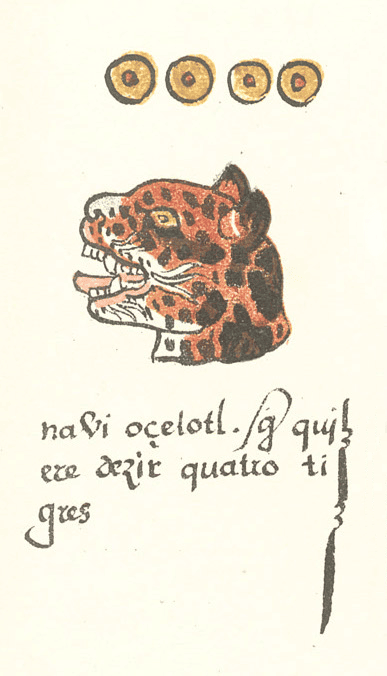
Tezcatlipoca’s animal disguise, or ‘nagual’, was a jaguar whose spotted skin was often compared to the starry sky. This is how the day Ocelotl came to symbolize the deity.
The Aztecs had two calendars, one for agricultural purposes and the other for sacred rituals and other religious purposes. The religious calendar was known as the ‘tonalpohualli’ and had 260 days which were divided into 13-day periods called ‘trecenas’. Each day of the calendar had its own symbol and was associated with one or more deities who provided the day with its ‘tonalli’, or ‘life energy’.
The Jaguar Warriors
The jaguar warriors were influential military units in the Aztec army, similar to eagle warriors. Known as ‘ocēlōmeh’, their role was to capture prisoners to be sacrificed to the Aztec deities. They were also used at the battlefront. Their weapon was a ‘macuahuitl’, a wooden club with several obsidian glass blades, as well as spears and atlatls (spear-throwers).
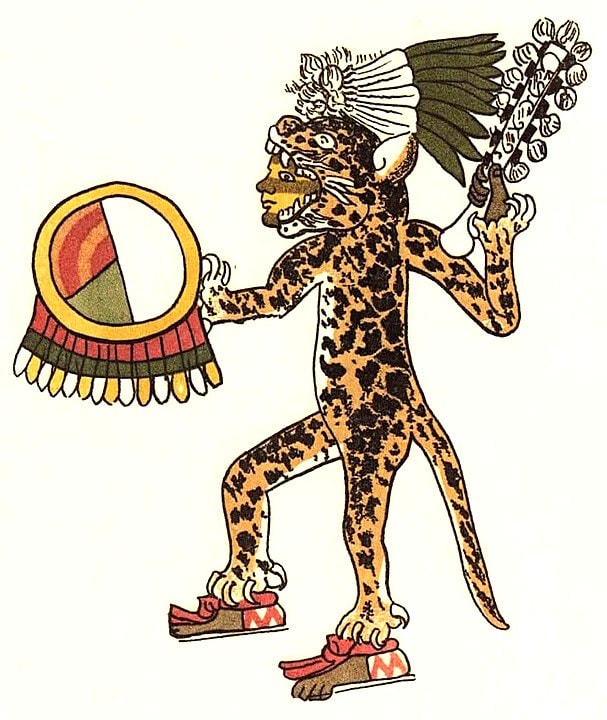
Becoming a jaguar warrior was a high honor for the Aztecs and it was no easy feat. A member of the army had to capture four or more enemies in consecutive battles, and bring them back alive.
This was a greater way of honoring the gods. If the warrior killed an enemy intentionally or by accident, he was considered clumsy.
The Jaguar in Aztec Culture
The jaguar is viewed as a god in many cultures, including Peru, Guatemala, pre-Columbian America, and Mexico. It was worshipped by the Aztecs, Mayans, and Incas, who saw it as a symbol of aggressiveness, ferocity, valor, and power. These cultures built several temples dedicated to the magnificent beast and made offerings to honor it.
In Aztec mythology, jaguars played an important role and were used by kings who wanted to enhance their social status. Just as the jaguar was the lord of animals, so the Aztec emperors were rulers of men. They wore jaguar clothing on the battlefield and covered their thrones with the animal’s skin.
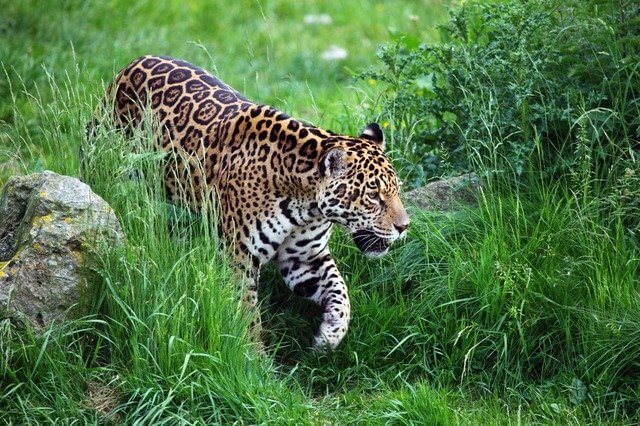
Since jaguars have the ability to see in the dark, the Aztecs believed that they could move between worlds. The jaguar was also regarded as a symbol of a brave warrior and hunter as well as military and political power. Killing a jaguar was a heinous crime in the eyes of the gods and anyone who did so was to expect severe punishment or even death.
Governing Deity of Day Ocelotl
The day Ocelotl is closely associated with the deity Tezcatlipoca, who is often symbolized by the jaguar. Known by various other names, this deity also rules the 13th trecena of the sacred tonalpohualli, which begins with the day Ollin.
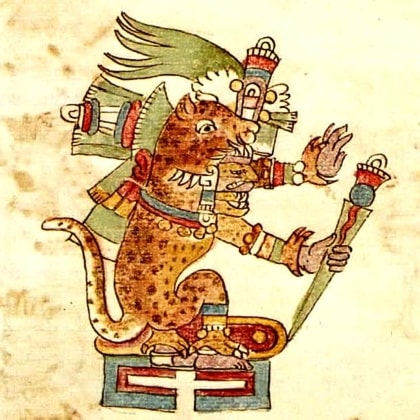
According to some sources, Tlazolteotl was the goddess of black fertile earth that gains energy from death and uses it to feed life. Her role was to turn all metaphysical and physical garbage into rich life which is why she’s also associated with expiation and regeneration.
Other sources, however, state that the day Ocelotl is associated with the creator god Tezcatlipoca. God of the night sky, time, and ancestral memory, he is strongly associated with changes that are caused due to conflict. He’s also associated with the day Ocelotl since the jaguar was a symbol used to represent him.
Day Ocelotl in the Aztec Zodiac
According to Aztec astrology, those born on day Ocelotl share the aggressive nature of the jaguar and would make excellent warriors. They’re fierce and brave leaders who fear no one and are capable of handling any difficult situation.




